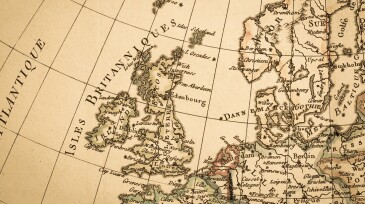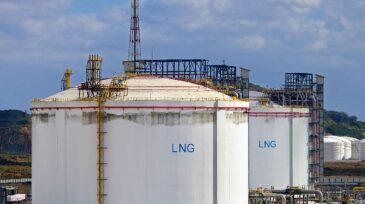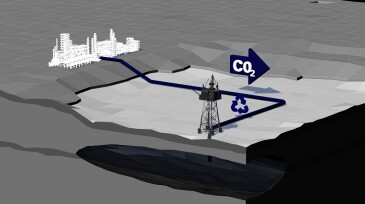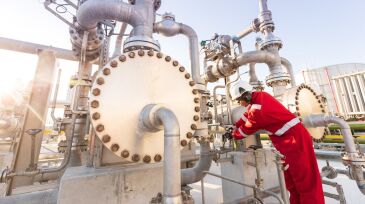UK
-
Bernard Looney resigns, Murray Auchincloss takes over as acting CEO.
-
Government and industry leaders support the oil and gas industry's role in the energy transition.
-
UK Prime Minister Rishi Sunak commits to future oil and gas licensing rounds as new analysis shows domestic gas production has around one-quarter the carbon footprint of imported liquefied natural gas.
-
Plan granted contains permission for one appraisal well and up to six horizontal development wells.
-
The center will allow developers and researchers to test digital and robotic products and services for offshore renewable energy.
-
Companies licensed to drill in the North Sea will report their findings to regulators under new powers brought forward in an Energy Bill amendment.
-
As the US bests Qatar and Australia for top LNG supplier, Europe is overtaking Asia as the top destination for US cargoes.
-
A study of a limited number of decommissioned oil and gas wells in England found no evidence of methane leaks, including four wells found to be leaking in an earlier study.
-
The new areas are expected to make a significant contribution to the government’s target of capturing and storing 20 million–30 million tonnes of carbon dioxide per year.
-
As Europe’s second-largest LNG hub after Spain, the UK promises to play a near-term role as an “energy bridge” to ease the EU’s dependence on Russian energy, given that the UK can ship regasified product directly to the continent via subsea pipeline.







![Hero_England decomm study Map[2].jpg](https://assets.spe.org/dims4/default/1340410/2147483647/strip/true/crop/1024x572+0+111/resize/365x204!/quality/90/?url=http%3A%2F%2Fspe-brightspot.s3.us-east-2.amazonaws.com%2Ff1%2Fa7%2Faf022d414b7fa6e8095a8c91b91e%2Fhero-england-decomm-study-map2.jpg)

